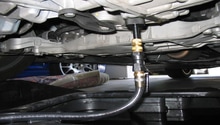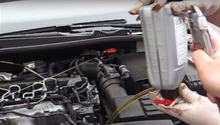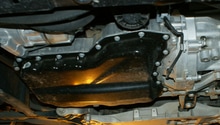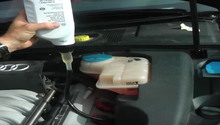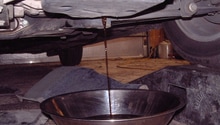Audi A6 C6: Proper Auto Transmission Fluid and How to Change
Is it time to change the transmission oil in your Audi A6 C6? Audi claims it will last a lifetime, but most experts recommend changing it by the 50k mile mark if you plan on keeping the car for many years. Follow our handy guide and be sure you are doing it correctly, and using the right fluid.
This article applies to the Audi A6 C6 (2005-2011).
Changing out your transmission oil isn't something that you'll do nearly as often as changing out your engine oil, but that doesn't mean it isn't a critical job. With all the torque converter and transmission issues Audi has had over the years, it is important to use only the proper fluid, and change it at least every 30-50k miles if you want the car to keep on driving past the 100k mile mark. Oftentimes, issues with rough, noisy, and erratic shifting can be solved with a proper fluid change. Instead of taking your car to the dealership and dropping some serious cash next time you're due for a transmission oil change, follow our handy guide and do it yourself.

Materials Needed
- Automatic transmission fluid, Audi part #G055162A2
- Transmission filter and gasket
- VAG-COM
- Assorted common size Allen keys
- Fluid pump
- Drain pan
- Jack and jack stands
Step 1 – Look up the correct transmission codes
Audi has used three different transmission fluid formulations over the course of this generation of A6, plus several different filters and gaskets, and it is important to know what you are dealing with before you start. On top of that, there were technical service bulletins, with software and fluid updates, that may or may not have been performed on your car.
Find the factory ID label in the spare tire area, or in the factory maintenance handbook, and find the three letter engine and transmission codes. You also may want to contact your dealer and have them look up the VIN number to determine what TSB fixes have already been applied. Models built for the 2009 and later years are much simpler, and all use the same fluid as well as filter. A great resource for parts and specifics on these codes is the Blauparts website article: Transmission Fluid Change FAQ.
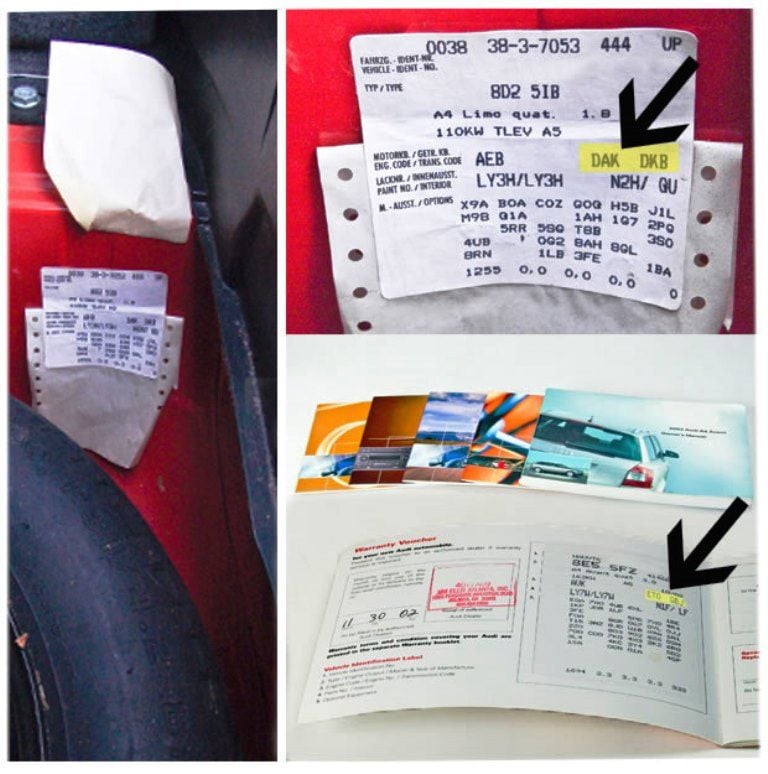
The proper fluid will be either blue, green or tan. You may have to pull the fill plug and check the color of the fluid currently in the transmission pan before ordering. If the car is cold, the level should be high enough that some will flow out, so you can properly see the color. If you have blue or green fluid, you can safely refill it with the latest green, which is specification G060162A2.
Step 2 – Drain the old transmission oil
Once you have the proper fluid and filter (if you are also changing that), take the car for a drive to warm it up. Park on a flat surface, and let the car run in drive, neutral, reverse, and park for at least 30 seconds, so fluid has circulated throughout all the gears. Jack the car up and place it on jack stands, making sure it is as level as possible. With the transmission fluid still warm, remove the fill plug on the transmission pan. Place a drain pan underneath the drain plug and remove the plug. Allow all of the transmission fluid to drain out. To make your life easier when refilling the transmission, measure roughly how much was drained out so you know how much to put back in.
Step 3 – Remove and clean the transmission pan
Remove the bolts holding the transmission pan in place and pull the pan out. There will be some fluid left in there that will slosh out and make a mess if you are not careful. Clean the transmission pan thoroughly and be sure to clean the magnets in the bottom of the pan. If you have a new filter, remove the transmission filter and replace it with a new filter. Replace the old transmission pan gasket with a new one and reinstall the pan on the transmission. Reinstall the bolts for the pan in a criss-cross pattern and hand-tighten. Finally, torque the pan bolts to spec.
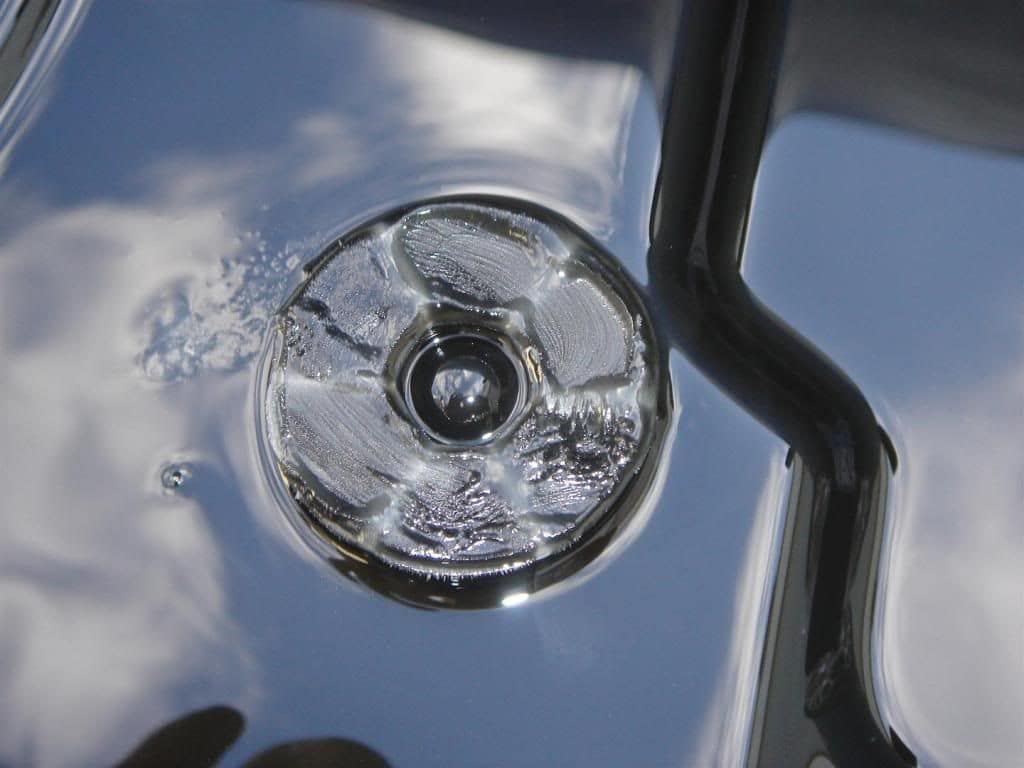
Figure 2. The magnets catch metallic particle so they can't harm the transmission. 
Figure 3. Clean transmission pan after removing all the metal particles and sludge.
Step 4 – Fill the transmission with new fluid
Reinstall the drain plug in the transmission pan and insert the hose for your fluid pump into the fill hole. Pump fresh fluid into the transmission until fluid comes out of the hole (2.5 to 3 liters). Start the car and let it run for 30 seconds to pump the fluid into the transmission passages and torque converter, then pump more fluid into it until it overflows again. Let the car run, and change through the gears (with your foot on the brake!), leaving the transmission in each gear for around 30 seconds. Pump more fluid into it. Allow the car to run for around 15 minutes, and it should be up to full temperature.
If you have the VAG-COM cable, navigate to the ATF Temp under the transmission module. Your fluid temperature should be around 30-45 degrees C. With the engine still running, pump more fluid in the transmission until it overflows. Reinstall the fill plug, then turn the engine off. If you don't have the VAG-COM, just be sure to get at least as much fluid in as you took out and not much more. You may need to shut the car off and let it cool before trying again if you can't get 5.5-6 liters total into it.
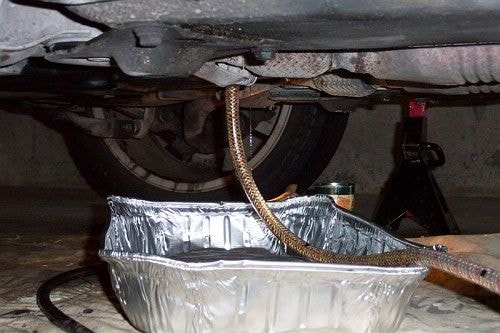
Related Discussions
- Transmission Filter Change and Flush - AudiWorld
- Transmission Fluid Change - AudiWorld
- Transmission Fluid Change Now Shifting Strange - AudiWorld

